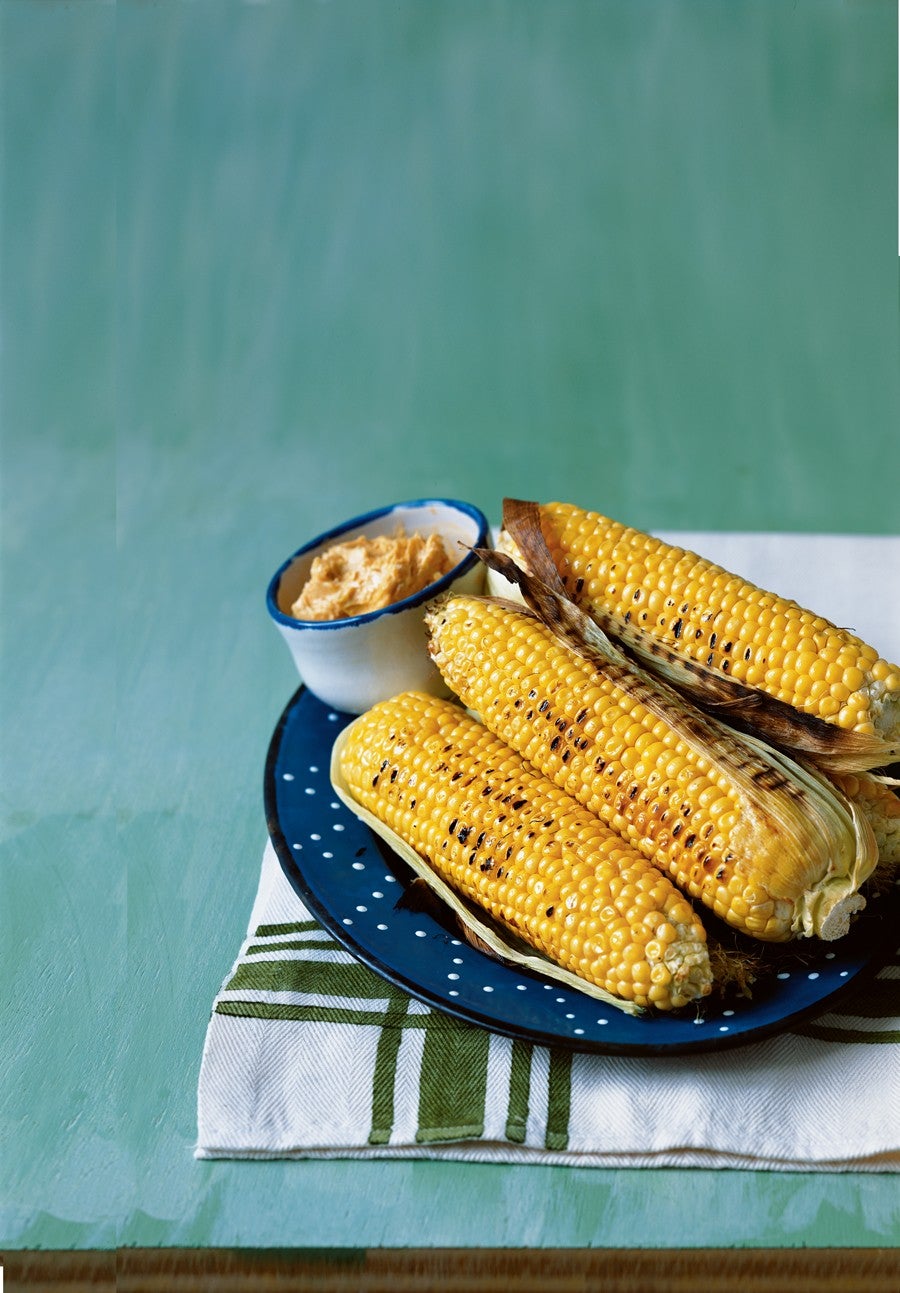Corn

Among food activists, corn seems to have become a four-letter word because of its link to genetically modified organisms (GMOs), monocropping, and high-fructose corn syrup. “That’s why it’s so important to take a step back and divide corn into two distinct categories: sweet corn and field corn,” says Tom Philpott, food editor of the online magazine Grist and cofounder of Maverick Farms in Valle Crucis, N.C. “Field corn gets fed to animals and becomes high-fructose corn syrup or ethanol, and 85 percent of field corn in this country is GMO. Sweet corn, the delicious stuff you find at farmers’ markets, is a whole different beast. None of these varieties is GMO, to my knowledge, nor has there been shown to be any cross-pollination issues between GMO field corn and sweet corn in the U.S. thus far,” he says.
Then there’s the issue of corn hybrids, varieties that have been cross-pollinated to make them tastier, more disease-resistant, and better adapted to local growing conditions. “Most sweet corn you’re buying at farmers’ markets is hybrid,” Philpott says, adding that open-pollinated and heirloom corn varieties are worth seeking out for old-fashioned “true corn” flavor.
Whether you choose ears of hybrid Silver Queen or heirloom Country Gentleman (to name just two varieties), they’ll still taste as sweet in these deliciously simple recipes.
Nutritional Profile
1 medium ear of sweet corn contains:
– 99 calories
– 3 g fiber
– 5 g sugar
– 1 mcg vitamin B1 (thiamin)
– 6 mcg vitamin C
– 24 mcg folate
When buying fresh corn, look for the following:
1. Husks that are tightly bound and light green with plentiful, fresh-looking silks at the top.
2. Plump kernels in tightly packed rows.
3. Corn that has not been left in the sun (heat hastens the conversion of sugars to starch).